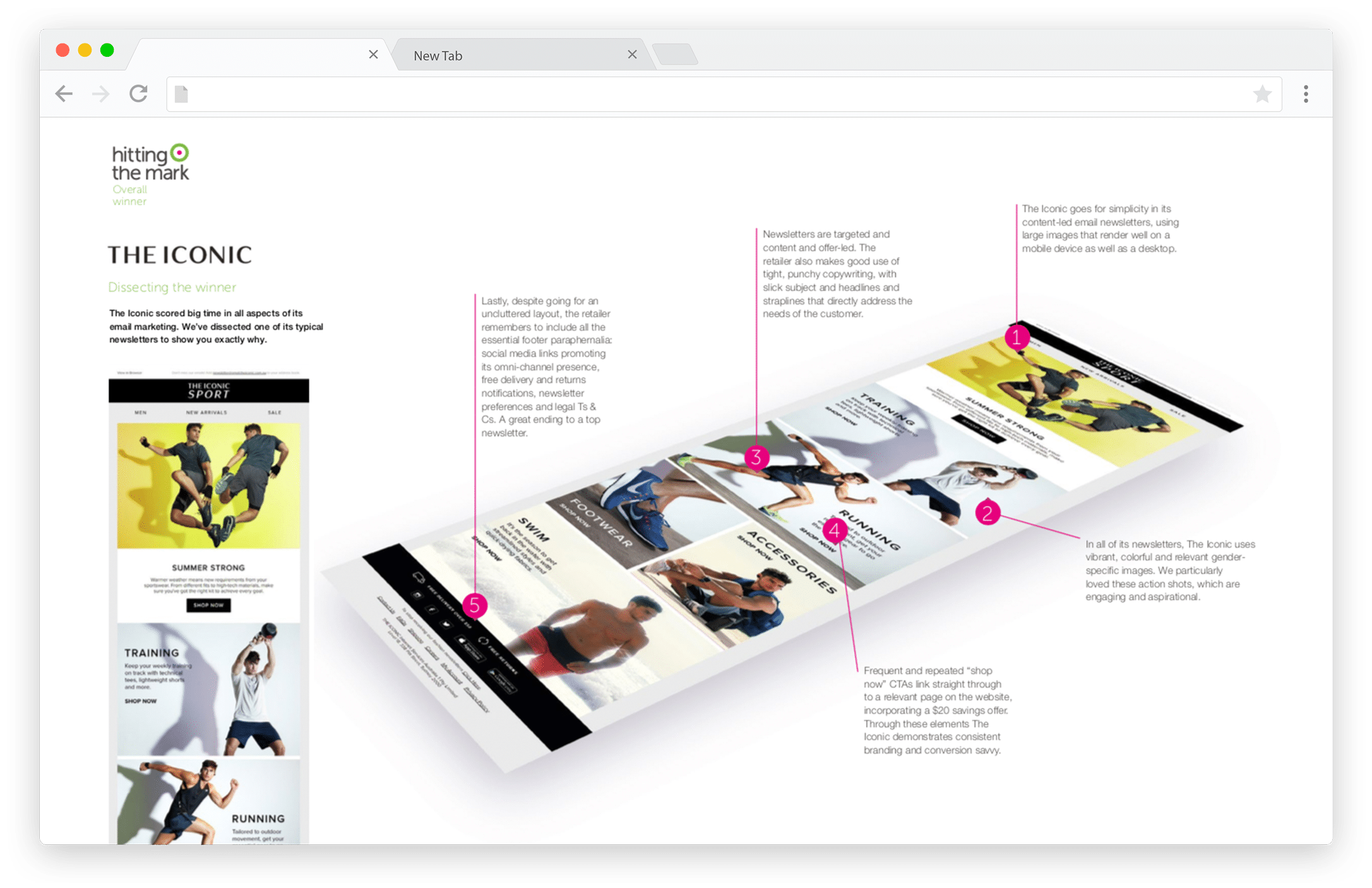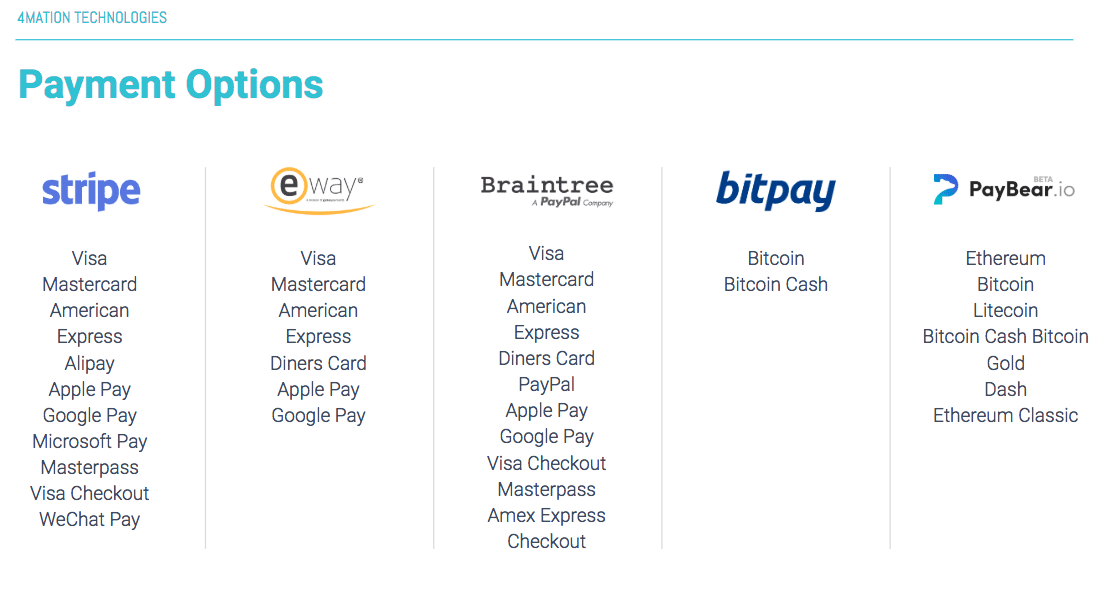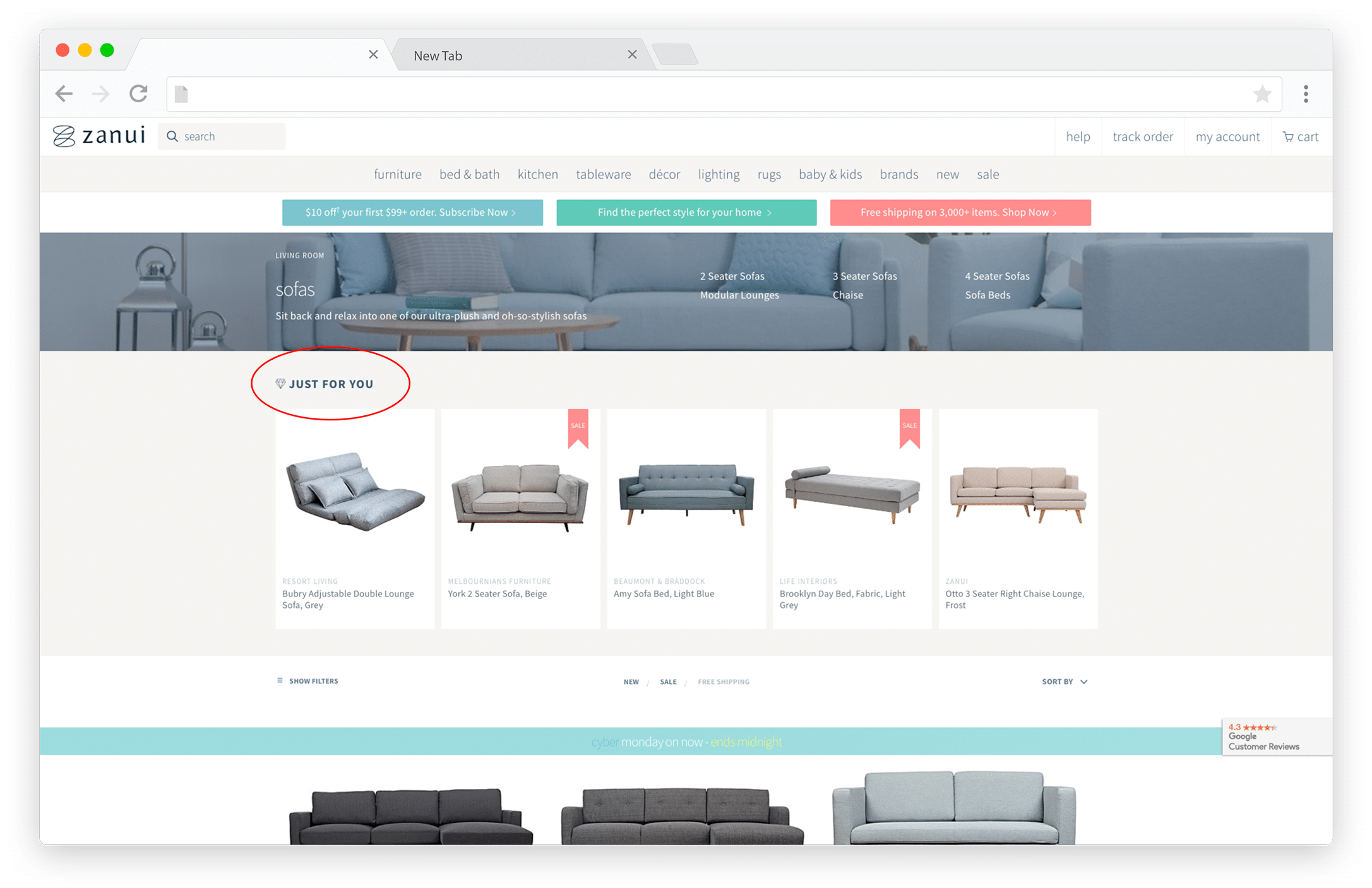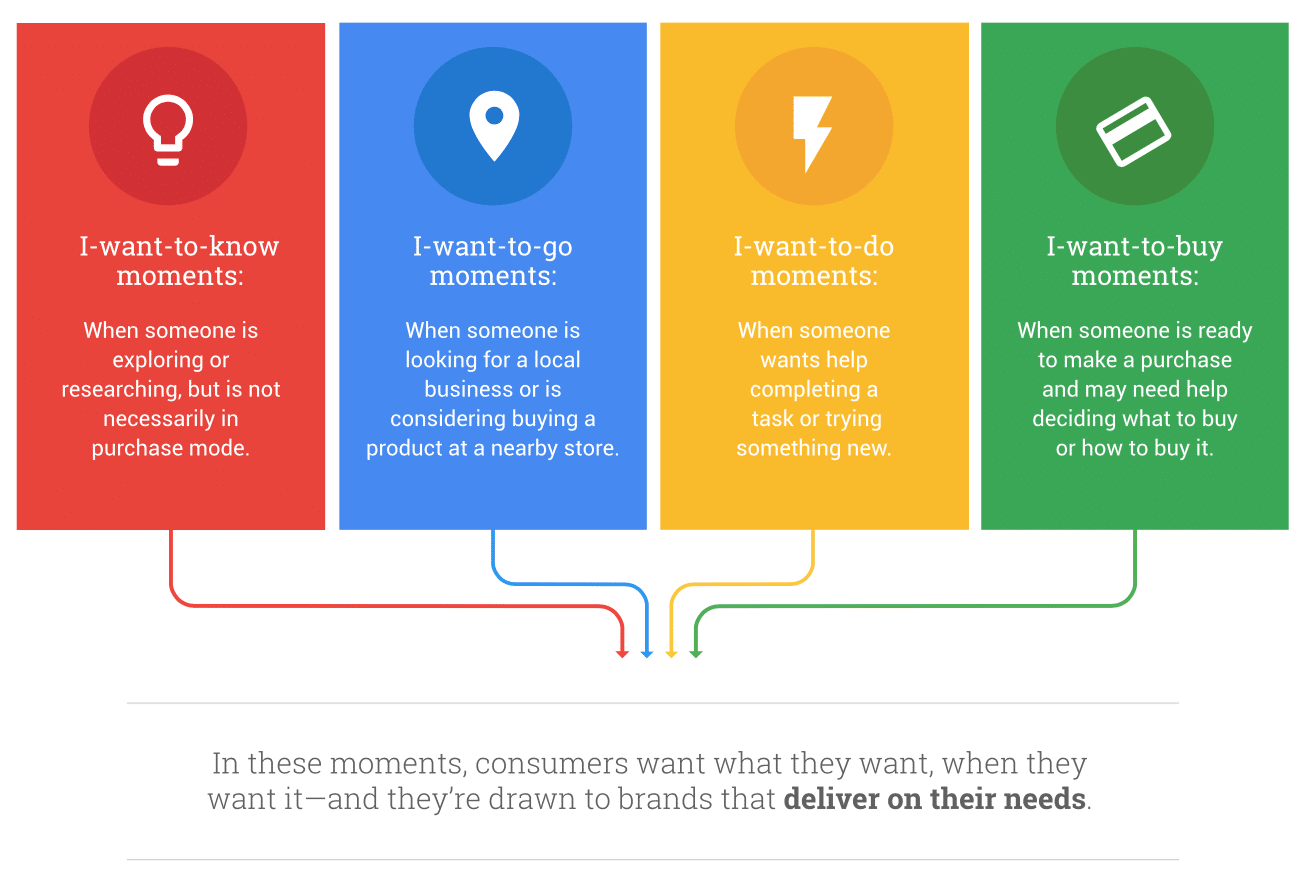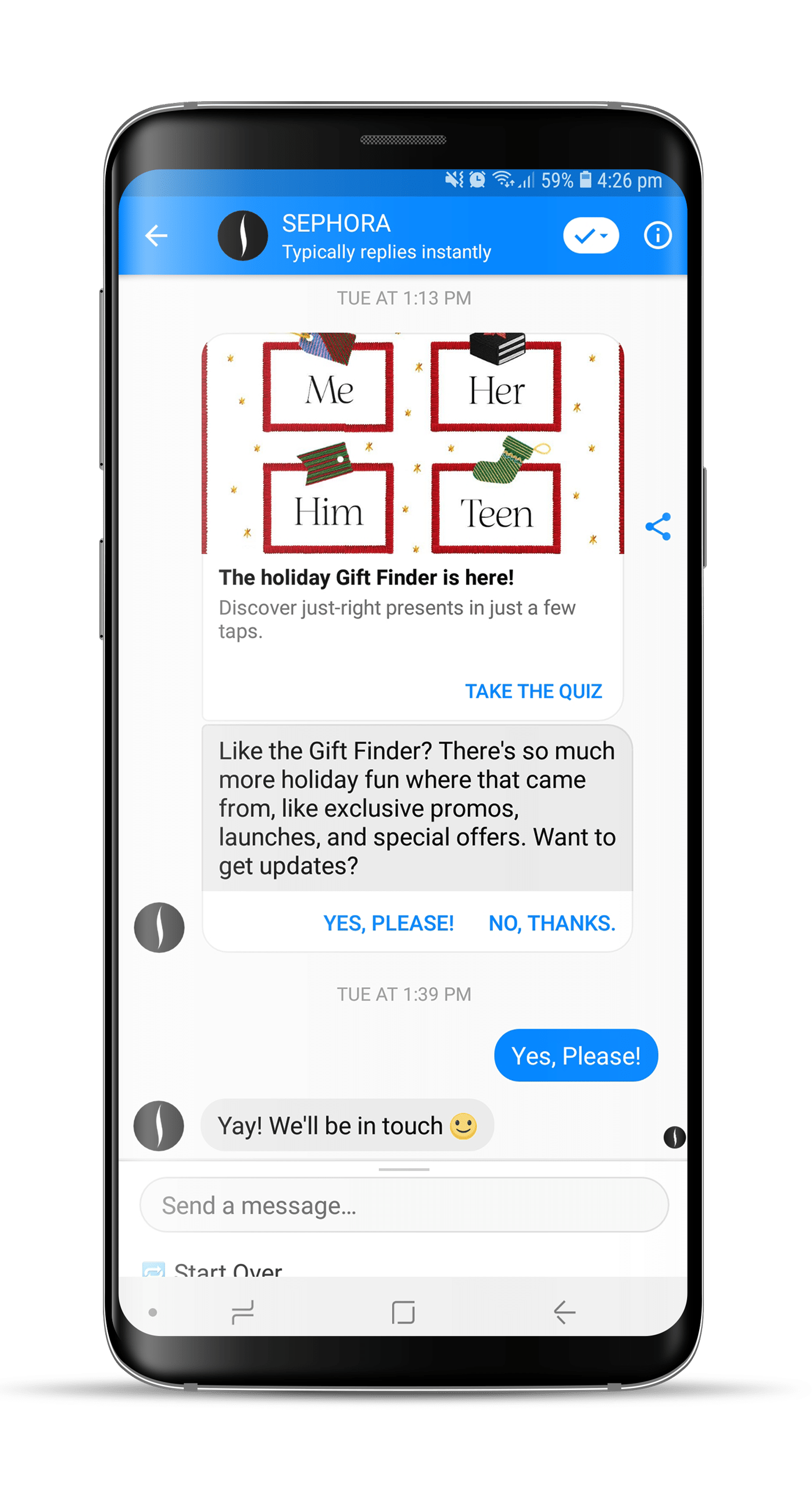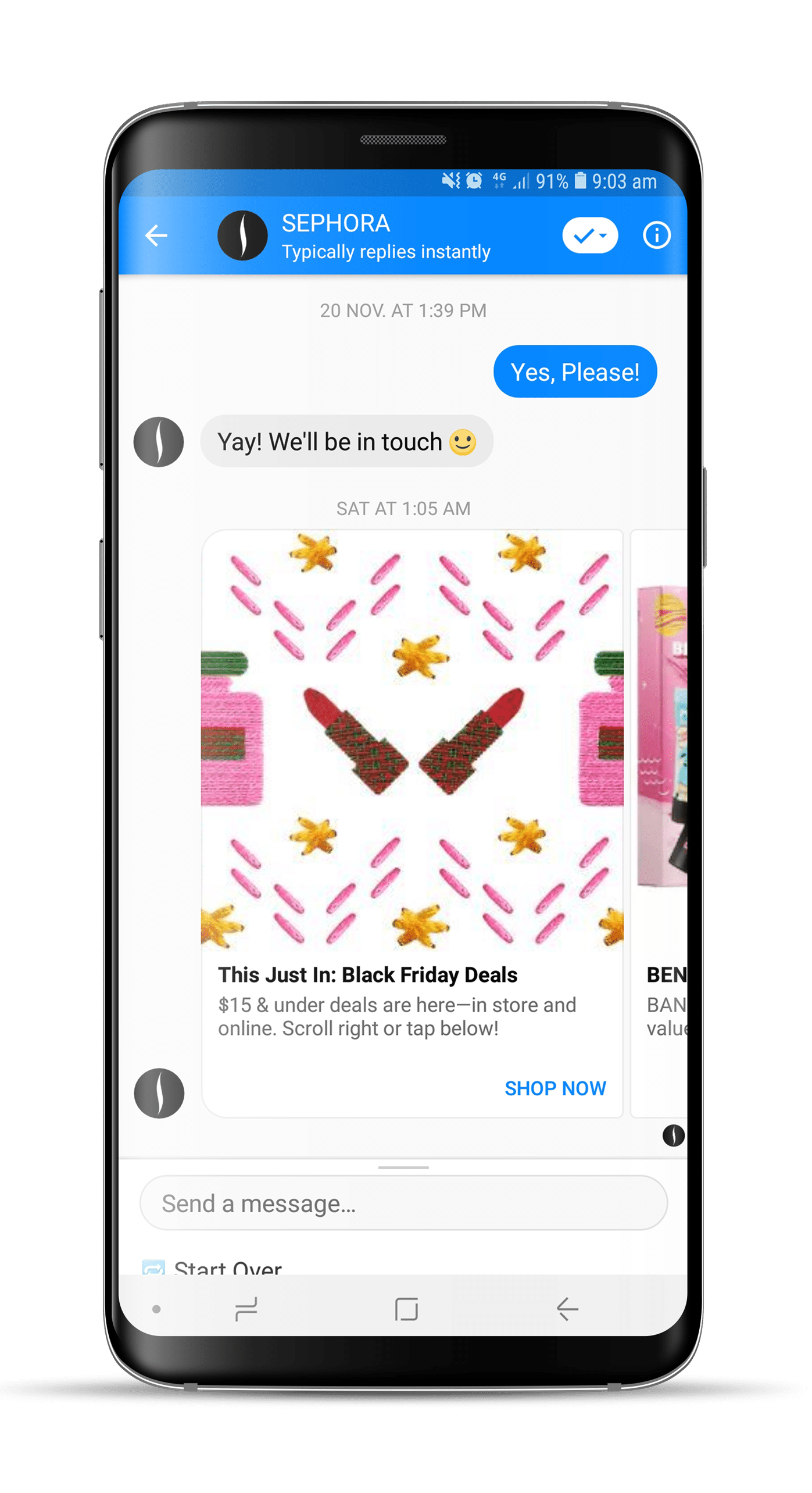5 Key Insights From the Future of eCommerce Event
We recently held an event to explore the Future of eCommerce at our Surry Hills office. On the night, we were joined by our friends Rohan Lock, Regional Director of APAC at dotmailer and Sheeda Cheng, Head of Brand at Neopost Shipping Temando. Alongside our CEO, Jason Hincks. The three speakers presented expert insight into where the future of eCommerce is headed.
For the better half of this year, we’ve explored innovation in eCommerce and what it means for online brands. Hosting this event meant we could really put together some of the pieces we’ve uncovered along this journey. It was great to see key topics emerge across all three presentations on the event night. I’d like to delve into these topics, as well as draw on some of the expertise 4mation has gained from our eCommerce experience and research.
Email Marketing 101
dotmailer set the tone for easy wins at the beginning of the night. Rohan reminded the audience about the importance of going back to the basics of email marketing by sharing insights from their annual ‘Hitting the Mark’ report. What were dotmailer’s ‘back to basics’ for email marketing?
Start with a welcome email: Welcome emails are the very first thing that should be in your email marketing plan. dotmailer found that 95% of brands sent a welcome email, so if you’re part of the 5% that don’t, then that’s the first thing to cover.
Add value to the newsletter sign up: Many brands have a low email sign up rate. The two most common reasons for this are lack of visibility and lack of value for the consumer. Rohan stated that many brands fail to display their newsletter sign up form correctly. He recommends using something like a popover to increase visibility for your newsletter signup form. The second point he made was that when customers hand over personal information, they have come to expect something in return. As a business, you could try offering discounts, premium content, exclusive deals or other incentives as a reward for signing up.
Increase personalisation and segment your customers: According to dotmailer, Australian marketers’ use of data underperformed when compared to the UK and US. In fact, 20% of Australian brands don’t personalise and 80% fail to segment their customers. Is this because as marketers, we see the task as too difficult? Rohan suggested a few quick wins. Remember to include simple things in emails such as their name, or the loyalty points they’ve accumulated. If you’d like to step it up, show them content based on their gender or their past purchases. By doing this you’re showing the customer that as a brand you know them and you care about what they actually want to see.
Optimise for mobile: Your customers are checking their emails on their phones now more than ever before and it is crucial your emails render correctly on any display. Tools like Litmus can help you preview and test your emails on multiple browsers and displays before you hit send.
Send abandoned cart emails: It’s important to send abandoned cart emails, not just because of an increase in conversions, but because it’s simply good customer service. Currently, 56% of brands fail to send abandoned cart emails. In an abandoned cart email, make sure to include the product details, such as name, price. an image, and importantly, a clear call to action.
Send an aftersales follow up: Ask for reviews and feedback. Your customers’ opinions and experiences are important and could help improve your service for the future. Surprisingly, only 40% of brands sent an after sales review email. You don’t have to ask for too much information, a 5-point scale can be a great place to start. Good reviews also provide an excellent source of social-proofing content.
If you want to see a perfect example of a company that gets the basics right, dotmailer identified The Iconic as having Australia’s best email marketing last year.
Source: dotmailer, The Iconic
As you can see, it doesn’t have to be hard to get things right. There’s no denying that email marketing is an essential part of the customer journey for online businesses. Make sure you’re doing it properly and you’ll reap the benefits.
What do we want? Choice!
Choices are all around us, and as customers, we’ve grown to expect options. Our online shopping journey should be no different. Thankfully, Neopost Shipping’s “Great Expectations” report, which Sheeda presented on the night, shed some light into what kind of options customers are coming to expect. The report focuses on Generation Z, but as Sheeda explained, by 2020, Gen Z and Gen Y (millennials) will account for 60% of customers. It’s essential to consider the attitudes of this demographic for the future success of your business.
Shipping and delivery friction is a major pain point for consumers, with 97% of gen Z reporting they’ll abandon cart if only one shipping option is offered. An easy win would be to offer more shipping and delivery options. A high-level priority is same day delivery, with 62% of Australians preferring this option.
Our CEO, Jason then presented ‘The Future of eCommerce’. It was interesting to observe a similar focus on providing other types of options for customers. The first place to start would be to consider mobile payment options. Consumer purchasing behaviour is evolving, with people now shopping on mobiles more than ever. In fact, a recent PayPal report estimated that 72% of Australians smartphone users are using their devices to make payments. Additionally, payment issues represent 50% of all abandoned carts.
There are three payment options that we think you should consider. The first is digital wallets. Digital wallets such as Apple Pay and Google Pay provide users with a secure way to store sensitive credit card information, removing the need to reach for their wallet or purse. A 2017 Baynard Institute study reported that 28% of online consumers said that long and complicated checkout was the main reason why they abandon their carts. For mobile shoppers, digital wallets make checkout as simple as pushing a single button.
The second option to offer is ‘Buy now, pay later’ (BNPL). Platforms such as Afterpay and ZipPay allow customers to purchase products immediately and then pay for them in instalments. Australia Post’s ‘Inside Australian Online Shopping’ report estimates that these services accounted for 7.7% of online spend in 2017, or a whopping 1.6 billion dollars. These have particular appeal to the 18 to 39-year-old demographic, with instant gratification as a driving force.
The third payment option is a bit more controversial… Cryptocurrencies… but it shouldn’t be. I don’t think anyone knows where the cryptocurrency journey is going to go, but the reality is there’s an increasing number of online shoppers using cryptocurrency, and it’s estimated that by 2024 that number will grow to more than 200 million. If your customer base is tech-savvy, this could be an important option to offer that segment.
It can be challenging to offer all these options to consumers which is why a good payment gateway is key. Solutions such as Stripe and Braintree (a PayPal service) accept a range of different payment options, making your life easier. Check our handy comparison table below for some of our suggested gateways.
Get Personal
In all the presentations, personalisation came up as an important area for the future of eCommerce. As Jason stated, “personalisation is arguably one of the most fast-moving aspects of the eCommerce landscape. Customers expect a well-curated and highly relevant environment.” Rohan also touched on the importance of personalisation in the email marketing journey, stating that with personalisation, you’re saying, “Hey we know you as the customer and we care.”
Beyond email, you can introduce personalisation across channels by using a platform like Nosto. Nosto can offer your online business a host of benefits, such as:
- Onsite product recommendations
- Onsite content personalisation
- Onsite pop-ups
- Personalised Facebook and Instagram ads
- Segmentation and insights
Leveraging innovative and advanced machine learning, Nosto builds a unique understanding of your customers. This enables incredibly powerful predictive capabilities in real time, delivering increased customer engagement and increased revenues for your business.
An example of onsite personalisation can be seen below, with Zanui recommending me furniture based on my past browsing history.
Source: Zanui
The need for personalisation speaks for itself. In a 2017 Accenture report, 41% of consumers switched companies in 2016 because of a lack of trust and poor personalisation, costing businesses $756 billion (USD).
Don’t be afraid to ask for personal information to help your business’s personalisation efforts. In retail specifically, 93% of consumers say they would provide retailers with detailed information if it means they’d receive meaningful and personalised offers.
Making Micro-moments Count
‘Micro-moment’ is a term that’s popping up more and more, first coined by Google, micro-moments refer to four key moments in the shopping journey. These are the following: “I-want-to-know”, “I-want-to go”, “I-want-to-do” and “I-want-to-buy” moments. According to Google, “Thanks to mobile, micro-moments can happen anytime, anywhere.
In those moments, consumers expect brands to address their needs with real-time relevance.” By adopting an omnichannel strategy, your brand can examine these moments at the different customer touchpoints.
Source: Google
Rohan highlighted the importance of using email for these micro-moments, “what we [dotmailer] keep finding, and although we have a number of channels our clients can use: email, SMS, and Facebook Messenger, and we’re pulling data in from all these great sources. Although we still find email is still at the core because it’s the easiest to take advantage of and it can still affect every single one of these moments in the customer lifecycle.”
How can we use email to create these micro-moments? Rohan recommends looking at your customer view and all the different points of their purchase path. Then take the time to consider what type of emails you can send at these points.
Of course, it’s not just email that helps drive these micro-moments. Think of all the ways a customer may interact with your brand on their mobile. Whether they’re scrolling through their Facebook feed, watching a youtube video or standing in your store, create micro-moments that follow these three principles: be there, be useful and be quick.
If we’re thinking outside the box, chatbots are another great way to create micro-moments. In Jason’s presentation, he touched on chatbots briefly. Personally, I saw a great example the other day when I received a message out of the blue from the Sephora Messenger bot. As someone who doesn’t usually like push notifications, I was surprised at the delight I found in this message:
Source: Sephora
Then a week later they sent me a message regarding the Black Friday sale they were having.
Source: Sephora
Not only is Sephora utilising micro-moments but they’re using personalisation to amplify them. A great example of where the future of eCommerce is headed.
Mobile Matters
The one common thread in all of the topics I’ve touched on in this article is mobile. There is no denying that adopting a mobile-first approach is essential to the future success of your business. Simply put, mobile matters.
Australia continues to see an increase in smartphone ownership, with 88% of Australians owning one in 2017. Additionally, smartphones are the most owned technology device in Australia. In fact, smartphone penetration is so entrenched that 95% of Australian adults aged 18-35 now own one. Yet, as marketers and developers, we continue to build for desktop first, mobile as an afterthought.
Let’s circle back to the first topic I discussed, email marketing 101. People check their emails on their phones, both their work and personal accounts. I can attest to this, being one of these people alongside my colleagues. I cannot tell you the amount of time I’ve opened my emails to poorly optimised images, text flying across the page, links not opening – the list of failures for mobile emails goes on.
You have a unique opportunity to reach people when they first wake up, on the bus when they’re going to work or study, on their lunch break, in the evening and just before they go to bed. As I mentioned before, tools like Litmus help you test your emails before you send them off. There’s no excuse to send your customers emails riddled with mobile errors.
The next topic was centred around choice and providing your customers with options. What better way to offer options than to make shopping on mobile easier? Payment gateways like Stripe and Braintree (a PayPal service) now offer one-click payments that allow your customers to checkout quickly without taking them off your site to complete the purchase. This makes it easy to pay on mobile in just moments.
Personalisation goes hand in hand with mobile. People are on their phones for hours at a time, and active at any time of day. They’re touching base more often throughout the day too, with people checking their phones more than 150 times a day. The chance to get personal presents itself in those moments. Whether that’s sending push notifications, SMS or emails, find out who your customer is and what their patterns of behaviour are. Then, be there and be personal in those moments.
Putting it All Together
The future of eCommerce is exciting, but it’s important to consider a couple of things before rushing headfirst into the joyful chaos. The event taught us a few key things:
- Get the basics right, if you haven’t got a solid framework to work on then you could pay for it later on.
- Your customers want options to choose from, whether that’s payment types or delivery speed.
- It’s time to get personal, your customers deserve to feel special, and if they don’t, expect them to go elsewhere.
- Leverage micro-moments, think of all the ways customers interact with your brand and be visible and accessible at these times.
- Mobile matters, it should be your number one priority coming into 2019. It’s not a question of if your customer will buy from you on mobile, it’s a question of will you make it easy for them?
In this article, I’ve explored some expert insights into the future of eCommerce. If you’d like to discuss your online business, 4mation’s team of designers, developers and strategists are here to help.
4mation is a full-service digital agency with over 20 years of experience delivering digital solutions that help our clients innovate faster. Our team can help you create and execute an eCommerce strategy for 2019 to achieve your business goals.
Ready to get started? Let’s chat about your eCommerce strategy for 2019.

